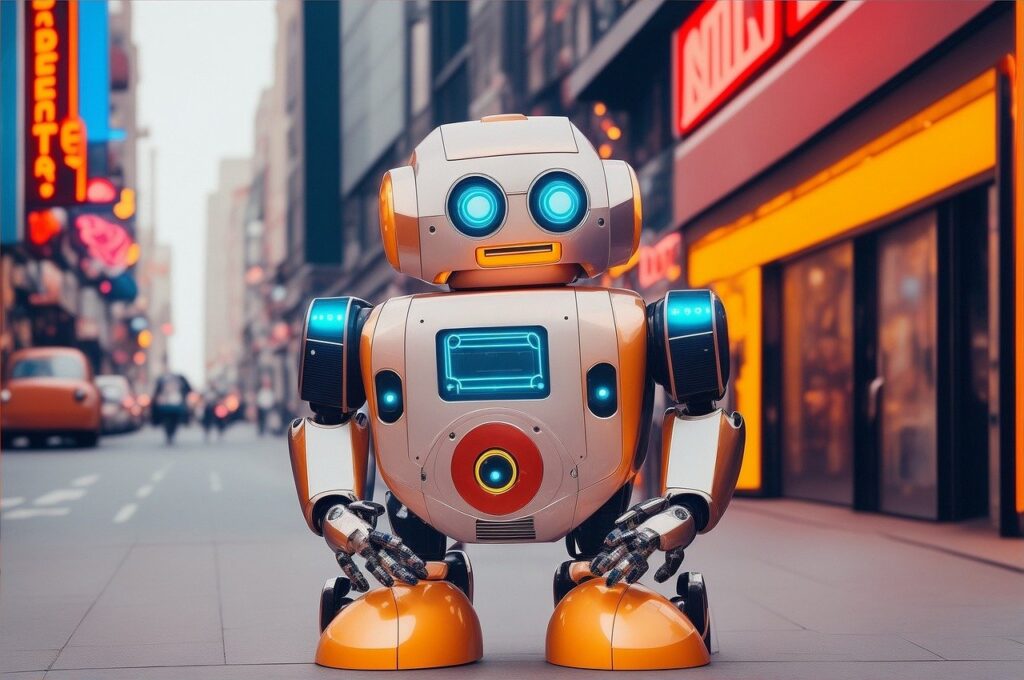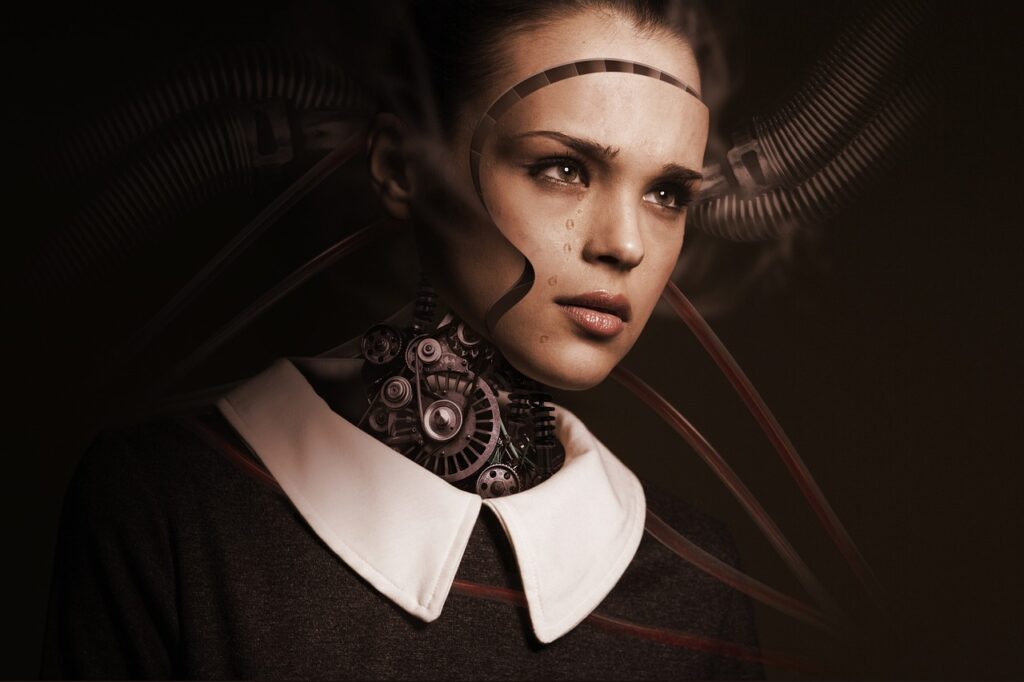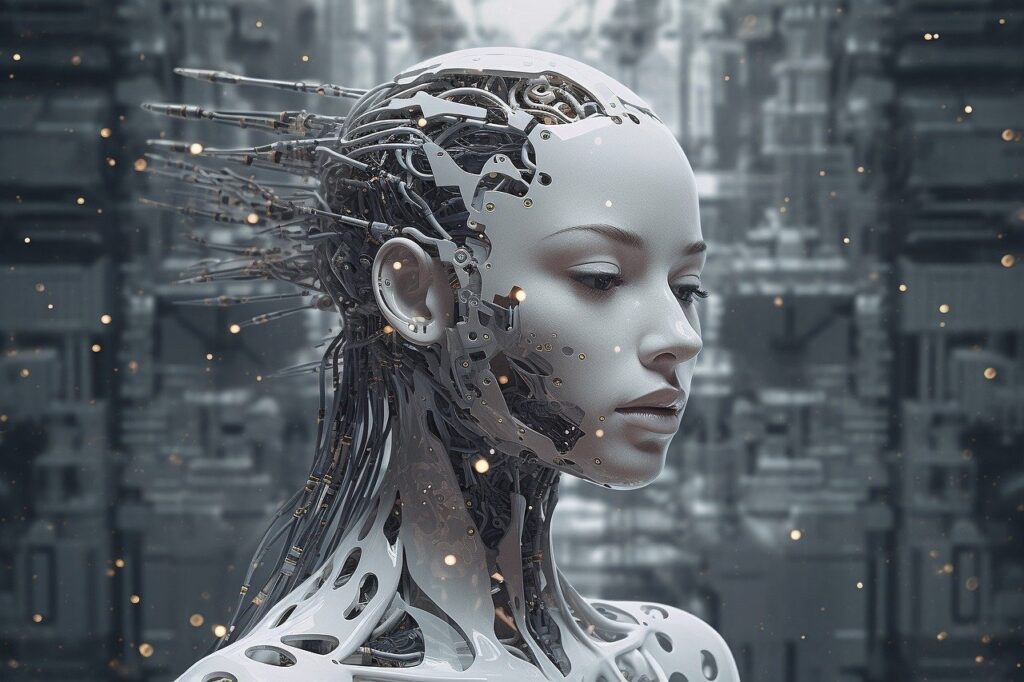Yes, it’s possible! AI can create another AI. The concept of an AI creating another AI opens up a realm of fascinating possibilities. The thought of artificial intelligence (AI) generating another AI might sound like a concept straight out of science fiction in a world where technology is developing at an unheard-of rate. However, recent advancements in the study of artificial intelligence have helped us get closer to realizing this amazing prospect. The ability of AI to produce new AI will be examined in this article, along with its consequences and future prospects.
Introduction: Unleashing the Potential of AI
Artificial intelligence has made remarkable progress since its inception. It has surpassed human capabilities in a wide array of tasks, from intricate calculations to recognizing images and understanding natural language. Witnessing the emergence of machine learning and deep learning algorithms, AI has become increasingly proficient at acquiring knowledge from data and forming insightful perspectives. This advancement evokes a sense of awe and wonder, as we marvel at the extraordinary achievements of AI in our world.
The Evolution of AI

From Narrow to General Intelligence
Initially, AI systems were designed with narrow intelligence, where they excelled in specific tasks but lacked the ability to transfer knowledge across domains. However, recent advancements have paved the way for the development of more generalized AI models, capable of learning and adapting to different scenarios.
Reinforcement Learning and Neural Networks
Reinforcement learning algorithms, drawing inspiration from how humans learn, have truly revolutionized AI systems by allowing them to learn through trial and error. These incredible algorithms, in combination with the immense capabilities of neural networks, have bestowed AI models with extraordinary abilities. They have achieved astonishing triumphs, like conquering intricate games such as Go and Chess, leaving us in awe of their accomplishments. It’s truly remarkable how these AI systems have evolved and expanded their horizons, reflecting the immense potential of human-inspired technology.
Also Read : What are the Upcoming Technologies in the Next 5-10 Years?
The Emergence of AI-Designed AI

AI as a Tool for AI Development
As AI systems progress further, researchers are delving into a fascinating realm of utilizing AI as a powerful tool to enhance its own development. This groundbreaking concept involves crafting AI systems that possess the capability to automate multiple facets of AI research. Imagine the profound impact it could have! Picture AI systems seamlessly conducting architecture search, hyperparameter optimization, and model selection, all on their own.
AutoML and Neural Architecture Search
AutoML (Automated Machine Learning) has gained significant attention in recent years. It aims to automate the process of model selection, hyperparameter tuning, and feature engineering. Additionally, neural architecture search techniques have been developed, enabling AI systems to discover optimal neural network architectures without human intervention.
Transfer Learning and Generative Models
Transfer learning, a technique where knowledge gained from one task is applied to another, has opened up possibilities for AI systems to leverage pre-trained models and adapt them to new domains. Generative models, similar as Variational Autoencoders (VAEs) and Generative inimical Networks (GANs), enable AI to produce new data cases, which can be used for training and accelerating being datasets.
The Prospects and Implications

Accelerated AI Development
The ability of AI to create another AI holds the potential to accelerate AI development and research exponentially. By automating time-consuming tasks and enhancing the efficiency of model optimization, AI-designed AI can significantly reduce the time required to develop advanced AI systems.
Enhanced Problem-Solving Abilities
AI that is built by AI can access enormous knowledge bases and learn from many fields, enhancing its capacity for problem-solving. It can analyse and combine data from many sources, resulting in ground-breaking discoveries and creative solutions in complicated fields like healthcare, finance, and climate change.
Ethical Considerations and Human Control
While the prospects are exciting, it is crucial to address the ethical considerations surrounding AI-designed AI. Ensuring human control and oversight over the AI creation process is paramount to prevent any unintended consequences or unethical applications. Strict regulations and guidelines should be in place to govern the development and deployment of AI systems.
Conclusion- Can an AI create another AI ?

In conclusion, the idea of AI creating another AI is no longer confined to the realms of imagination. The advancements in AI research, coupled with the emergence of AI-designed AI, have brought us closer to this intriguing possibility. While the prospects and implications are vast. It is essential to proceed with caution, keeping ethical considerations and human control at the forefront. As we embark on this journey of AI creation. We must navigate the path responsibly, harnessing the power of AI to benefit humanity.
Also Read : How Much AI Content Is Acceptable In Blog Writing ?
FAQs
Q1: Can An AI create Another AI without human intervention?
While AI systems have the ability to automate a number of AI development processes. To assure moral considerations and avoid unexpected outcomes, human monitoring and action are still required.
Q2: How can AI-designed AI benefit various industries?
AI-designed AI has the potential to revolutionize industries by accelerating AI development. Enhancing problem-solving abilities, and unlocking new possibilities in fields such as healthcare, finance, and climate change.
Q3: What are the ethical challenges associated with AI-designed AI?
Ethical challenges include ensuring human control and oversight. Preventing biases in AI models, and addressing privacy and security concerns in the development and deployment of AI systems.
Q4: How can regulations keep pace with AI development?
Regulations must be agile and adaptable to keep pace with AI development. Collaboration between policymakers, researchers, and industry experts is crucial in shaping responsible AI practices and ensuring societal benefits.
Q5: What role does human creativity play in AI-created AI?
Human creativity remains a vital component in AI-created AI. While AI systems can automate certain tasks, human ingenuity, critical thinking, and ethical decision-making are indispensable for responsible AI development.




